With 7-on-7 football now on the spring landscape, how will spring sports be impacted?
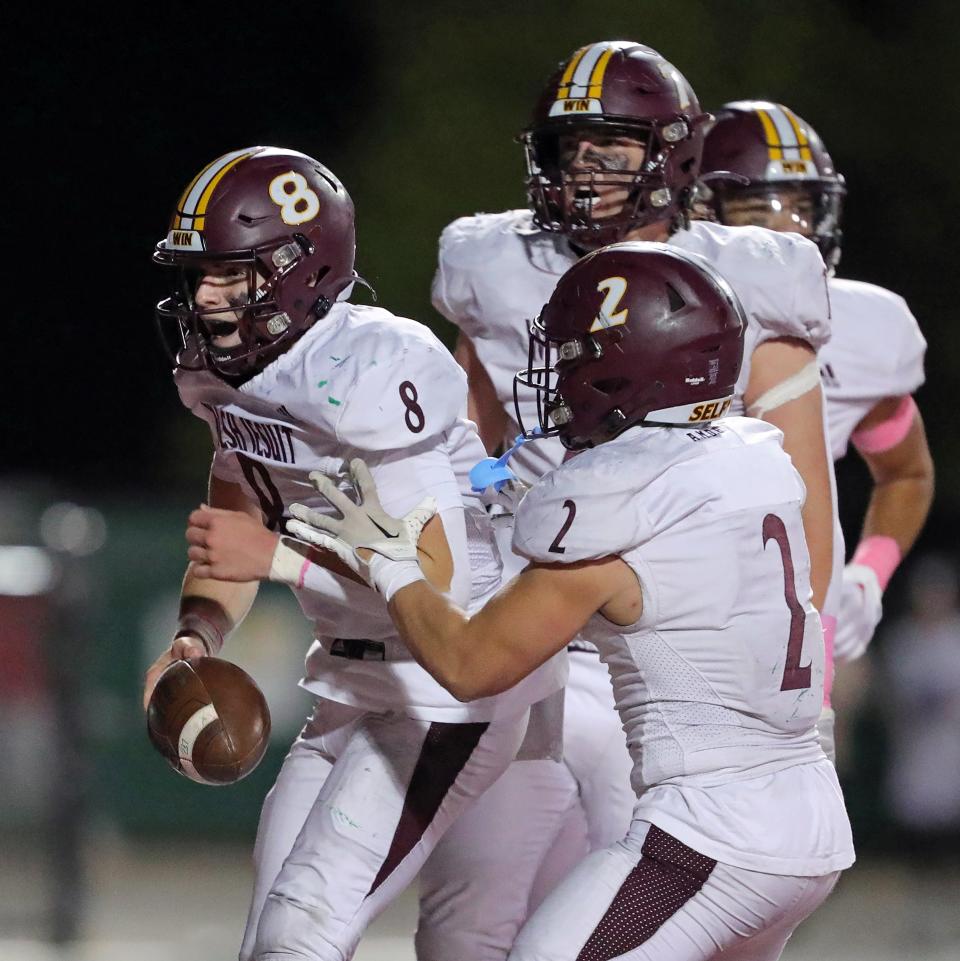
Editor's note: This is the second in a four-part series on 7-on-7 football. We'll look at how 7-on-7 came to Ohio and how it can coexist with spring sports. The series will also look at how to keep bad seeds out of the game and whether or not spring football is the next step.
We’ve looked at how and why 7-on-7 football came about in Ohio. Now, it’s time to look at how it can coexist with spring sports.
As of late, spring sports have been the ones that have taken the hit with new sports introduced.
What used to just be baseball, softball, boys tennis and track has become congested with boys volleyball, boys and girls lacrosse as OHSAA-sanctioned sports and boys and girls rugby as a club sport.
“Without a doubt it impacts spring sports,” St. Vincent-St. Mary track coach Dan Lancianese said. “It was bad enough that lacrosse came around because that started cutting into going out for track. Everything has come down to isolation into one individual sport. It’s what's coming down the pike, and the bottom line is that this just accentuates it even more.
“Everything has gone down to always thinking that kids need to be identified and looked at by the colleges and, honestly, it's not the athletes, it's the parents of the athletes that are the ones that are driving this problem because the parents are the ones that say to the kid that you have the focus entirely on football.”
Will an abbreviated 7-on-7 football schedule help spring sports?
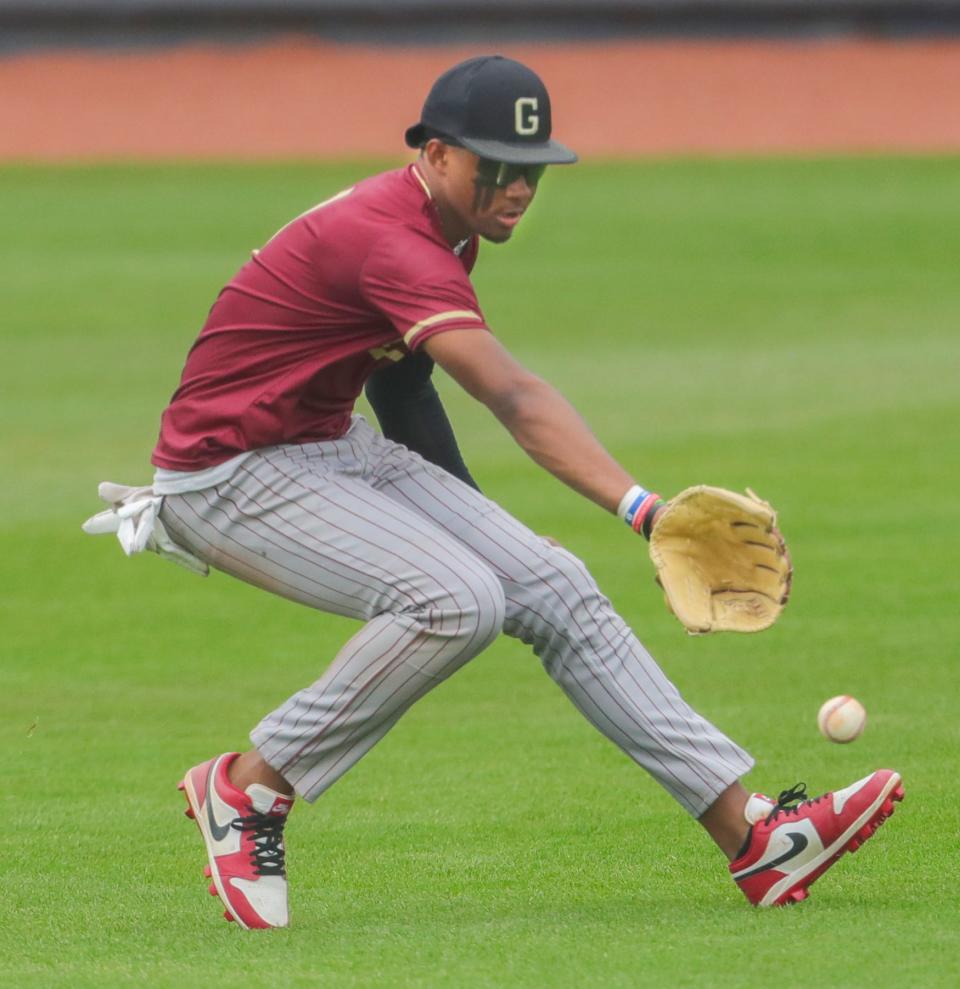
The good news is there is an avenue that won’t hurt the bottom line of coaches from April through June when it comes to participation.
On a national level, where college recruiting largely takes place, 7-on-7 tournaments generally run January through April with the month of May as an unwritten month off.
The competitions pick up again the second week of June, which means the events won't conflict with most state tournaments run in the spring.
“I'm going to tell you that at GlenOak we are very fortunate that we have Scott Garcia as our football coach,” Eagles track coach Scott Ferrell said. “He is a track and field guy. He realizes the importance of these guys coming out and getting faster and getting more athletic each and every day. I don't know how negative 7-on-7 is going to impact our track and field program because of the support that we have from him.”
It’s become a mixed bag all around for athletic directors who are already tasked with the near impossible task of putting together a spring schedule and making it work around Mother Nature.
“We obviously see that this is going to create more equity for our kids with 7-on-7, but we have to make sure it's not at the expense of the other sports that we have going on in the spring,” Shaker Heights athletic director Mike Babinec said. “What that looks like, I think is going to be just continued conversations, being transparent, being honest. I feel comfortable here that my football coaches have a pretty good idea of how they want to go about this.”
Coaching participation will be paramount with 7-on-7 football
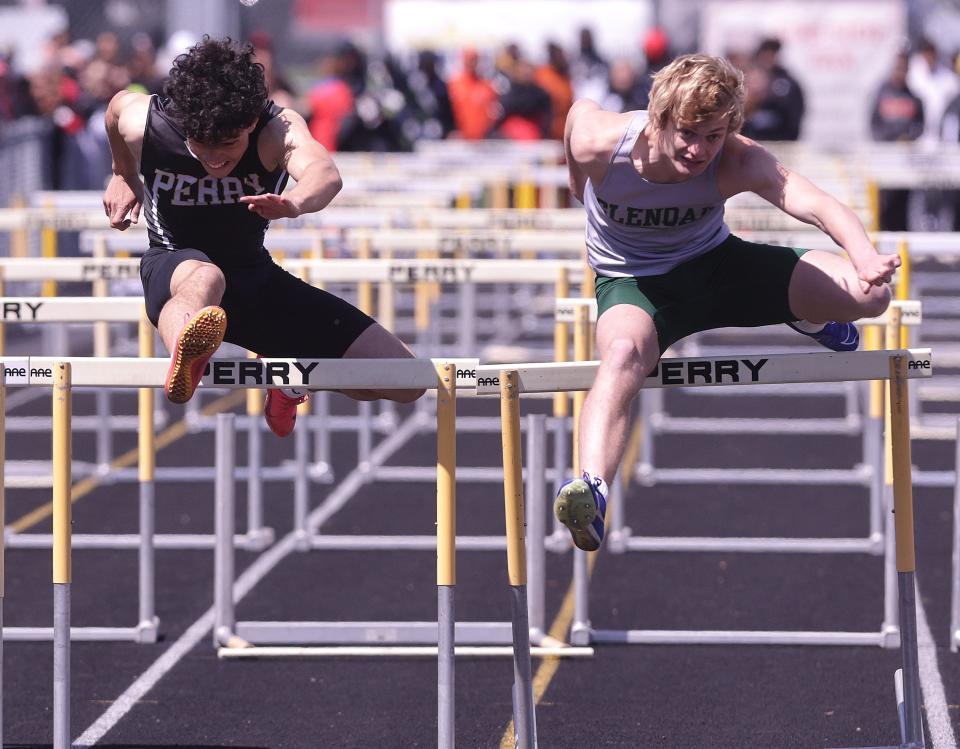
That piece was looked at by the OHSAA as it talked to coaches and athletic directors as well as Ohio State coaches Ryan Day and Brian Hartline.
The idea is that if everyone is on the same page going in, the waters won’t get as cloudy.
“I think you'll see a number of schools that won’t do 7-on-7 in the spring, even though they're allowed to,” OHSAA director of media relations director Tim Stried said. “For those schools that do, it's really important that the football coach works with the spring sports coaches and the athletic director to make sure that the student athlete — if he wants to — can focus on his spring sport and make that the priority.
“Now having said that, I think you'll see a lot of scenarios where a student-athlete will be a track athlete or a lacrosse athlete or a baseball athlete, and they will play baseball, lacrosse, run track and play boys volleyball, all those spring sports, and that they will participate in 7-on-7 football on a limited basis when they're available.”
Will the three-sport athlete suffer in spring sports because of 7-on-7?
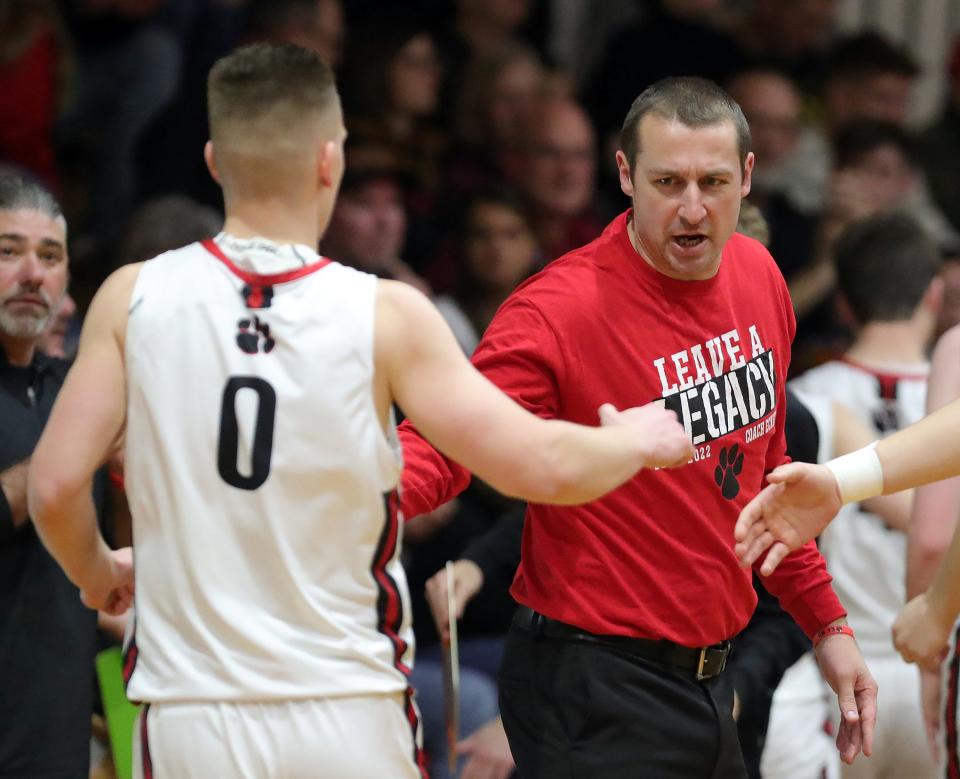
At smaller schools, where the three-sport athlete seems more prevalent, the drop off shouldn’t be that significant, according to those polled.
Manchester athletic director Brody Jackson isn’t anticipating a big drop-off as football in the spring becomes more prevalent.
“I don't think it's going to have such a huge effect on us because the kids around here I think are pretty set in: ‘I play basketball and football, and that's what I do,’” he said. “I only think that there's going to be a couple kids that it affects, and I think it's going to be mainly kids that play quarterback that might not play baseball or track in the spring because they think that they can go out and get better.”
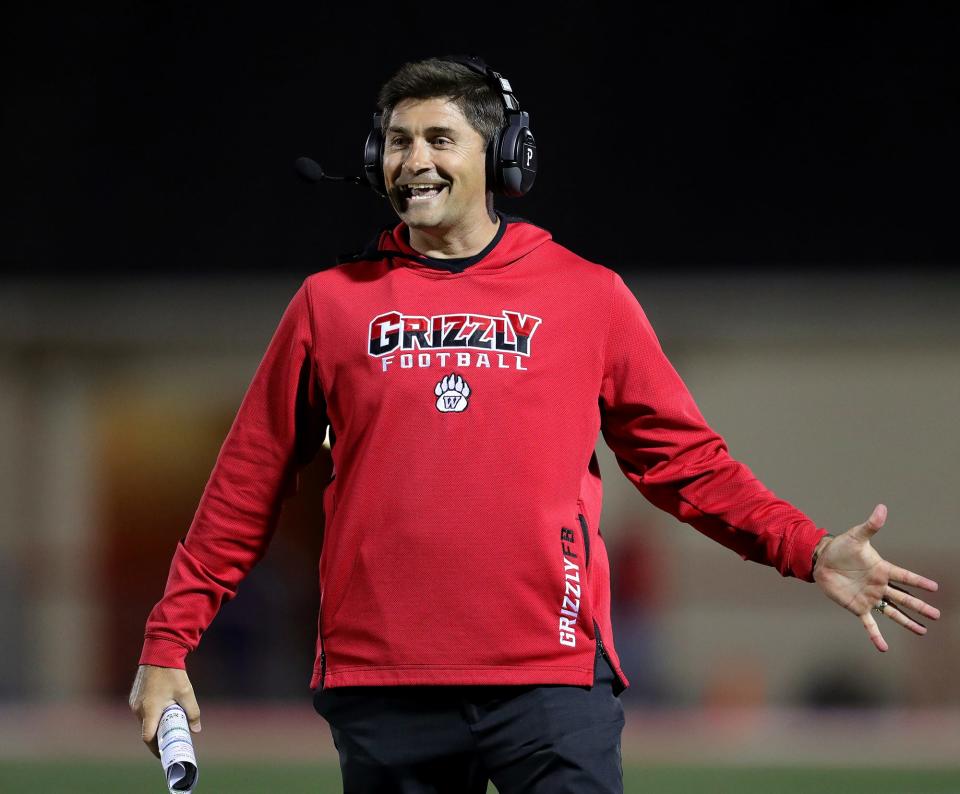
How the 7-on-7 calendar fits in spring sports
The other piece of 7-on-7 that gets lost is how little it impacts the student-athlete.
With the emphasis on the skill players, it concentrates on the secondary, quarterback and wide receivers with the occasional running back.
As it did last year, Ohio permits 13 days of practice without pads or hitting from May 15 through July 15.
Those full-team practices will also entail organization and communication between football coaches and spring coaches.
“I'm not going to reinvent the wheel,” Wadsworth coach Justin Todd said. “This happens all across the country, and I think that's where the concern automatically goes to. The landscape has changed and I don't know that it's going to necessarily affect spring sports or spring football because the approach that we took last year when we got our three days in May.
"We were excited because our baseball team and our lacrosse team was still in the tournament, but there are other kids that still need the work. I've called coaches from other states and asked how they deal with it. We're actually really late to the party.”
Contact Brad Bournival at bbournival@gannett.com and follow him on Twitter at @bbournival
This article originally appeared on Akron Beacon Journal: What happens to Ohio spring sports as 7-on-7 football joins the fray?

